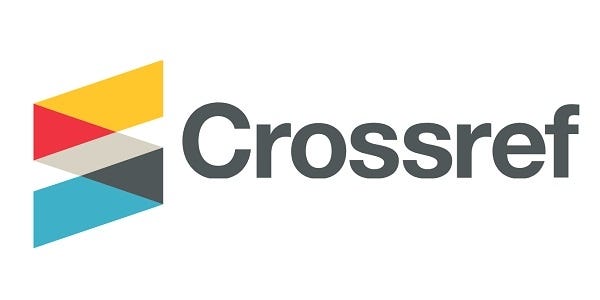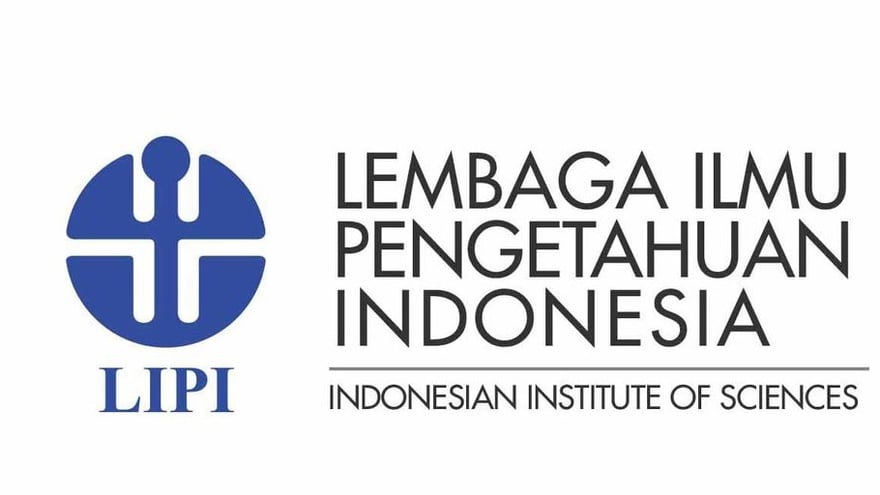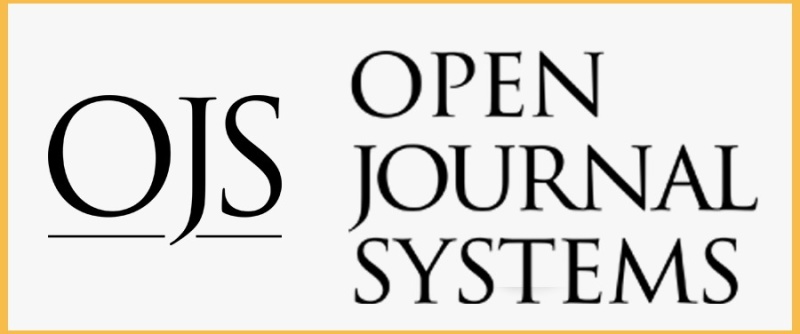SISTEM PENDUKUNG KEPUTUSAN PEMBERIAN PENGHARGAAN KARYAWAN MENGGUNAKAN METODE MULTI-ATTRIBUTE UTILITY THEORY (MAUT) DI PT NIKOMAS GEMILANG
Abstract
Giving awards is done to increase the morale and motivation of employees. The problem faced by PT Nikomas Gemilang regarding awarding is that it still uses the conventional method, namely in the form of a lottery, so it is considered ineffective and on target by employees who have high work motivation. Decision Support System (SPK) is a system that is used for problem-solving in decision-making, especially awarding at PT Nikomas Gemilang. Making decisions using this system will assist management in determining which employees are eligible to receive awards based on predetermined criteria and to avoid intervention. The method used is Multi-Attribute Utility Theory (MAUT) which solves a problem based on calculations with calculation reference criteria namely attendance, performance, ethics, and discipline. Implementation of this system is expected to facilitate the process of awarding and assist management in making the right decisions and is expected to be able to provide motivation and increase work competition in the corporate environment. The Decision Support System was built using the PHP programming language, Laravel framework, MySQL database, using the Unified Modeling Language (UML) design model, and the Waterfall methodology. The results of this study are expected to increase efficiency and accuracy in awarding and provide a form of transparency in awarding employees at PT Nikomas Gemilang to create justice for all company employees
References
Lubis, J. H., Esabella, S., Mesran, M., Desyanti, D., & Simanjuntak, D. M. (2022). Penerapan Metode Multi Attribute Utility Theory (MAUT) Dalam Pemilihan Karyawan yang di Non-Aktifkan di Masa Pandemi. Jurnal Media Informatika Budidarma, 6(2), 969–978.
Nuroji, N. (2022). Penerapan Multi-Attribute Utility Theory (MAUT) Dalam Penentuan Pegawai Terbaik. Jurnal Ilmiah Informatika Dan Ilmu Komputer (JIMA-ILKOM), 1(2), 46–53.
Oktaria, I. (2023). Kombinasi Metode Multi-Attribute Utility Theory (MAUT) dan Rank Order Centroid (ROC) dalam Pemilihan Kegiatan Ekstrakulikuler. Jurnal Ilmiah Informatika Dan Ilmu Komputer (JIMA-ILKOM), 2(1), 1–11.
Pricillia, T. (2021). Perbandingan Metode Pengembangan Perangkat Lunak (Waterfall, Prototype, RAD). Jurnal Bangkit Indonesia, 10(1), 6–12.
Putra, D. W. T., Oktavia, I. S., Swara, G. Y., & Yulianti, E. (2022). Perancangan Sistem Pendukung Keputusan Menggunakan Metode Multi-Attribute Utility Theory (MAUT) Dalam Seleksi Pengangkatan Karyawan Tetap pada Dinas Pekerjaan Umum Kota Sawahlunto. Jurnal Ilmiah ILKOMINFO-Ilmu Komputer & Informatika, 5(2), 53–59.
Safitri, D., & Siradjudin, H. K. (2021). Sistem Pendukung Keputusan Pembelian Mobil Baru Dengan Menggunakan Metode Multi Attribute Utility Theory (Maut). Jurnal Ilmiah ILKOMINFO-Ilmu Komputer & Informatika, 4(2).
Setiawan, Y., & Budilaksono, S. (2022). Sistem Pendukung Keputusan Pemilihan Mahasiswa Lulusan Terbaik Dengan Menggunakan Metode Multi Attribute Utility Theory (Maut) DiStmik Antar Bangsa. Ikraith-Informatika, 6(2), 12–20.
Wahid, A. A. (2020). Analisis Metode Waterfall Untuk Pengembangan Sistem Informasi. J. Ilmu-Ilmu Inform. Dan Manaj. STMIK, No. November, 1–5.
Widodo, W., & Nastoto, I. (2019). Sistem Pendukung Keputusan Dengan Menggunakan Menggunakan Metode Multi Atribute Utility Theory (Maut) Untuk Penentuan Bantuan Rumah Tinggal Sehat. Indonesian Journal of Business Intelligence (IJUBI), 1(2), 76–80.


1.jpg)







